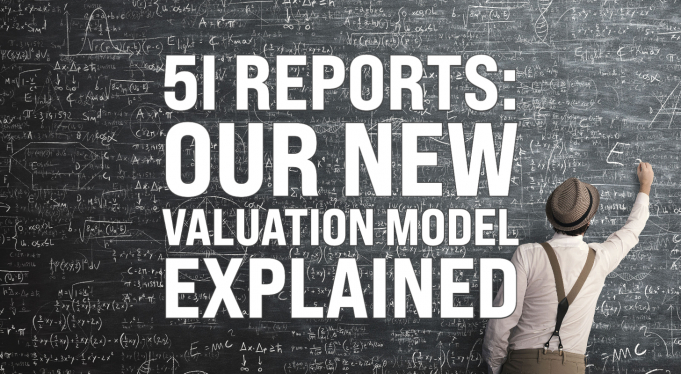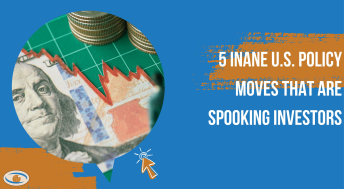The Valuation Model Table
In our latest report update on Richards Packaging Income Fund (RPI), some readers may have noticed a new investment model table on page four. We have copied in the table below for reference.
Updated Model
The above valuation model table will be replacing our previous investment model table, which we have placed below as a reminder.
Previous Model
In this blog, we want to go over some of the changes to the investment model grading system and how this can affect the target price and some of our assumptions. A key factor to note is that while price targets are useful in reaffirming our thesis about a specific company, we cannot solely rely on them. At the end of the day ‘all models are wrong, but some are useful’.
What Has Changed?
The Format
The first obvious change about the valuation model table is the formatting. We have altered the format to outline our model price based on four key valuation models (DCF, H-Model, Relative Valuation, and Historical Valuation), and we also highlight key stats regarding the company in the lower half of the table. The key stats in the lower half outline the company’s insider ownership, dividend yield, revenue and earnings growth, margins, balance sheet health, and its current valuation. This differs from the previous valuation table in that it outlined the company’s valuation against its peers and its historical valuation averages. We continue to conduct relative and historical valuation analysis on these companies, but they are now embedded within those two models.
Target Price Calculation
In our updated valuation table, we can see at the top our four primary investment models used: DCF, H-Model, Relative Valuation, and Historical Valuation. A combination of these four investment models (weights determined by the analyst specific to that company’s operations) are used to calculate the target price, or what we describe it as the ‘Final Model Value’. The ‘Implied Return’ figure looks at the potential investment return using our Final Model Value against the current price, and the ‘Implied Total Return’ includes the positive contribution of its dividend yield on the total return. We also note a specific risk level (ranging from low, medium, to high) based on our own set of criteria about the company (size, volatility, revenue base and growth).
An Overview of the Four Models
DCF Model
The Discounted Cash Flow (DCF) model is a popular valuation model that forecasts a company’s future cash flows and discounts (builds in a return) them back to the present. With this model, we use the company’s income statement, and using a variety of growth and profit margin assumptions, we derive a model price based on its historicals and growth prospects.
H-Model/DDM
The H-Model, otherwise known as the ‘half-life’ model, uses a two-step valuation model where growth initially starts out high and then gradually becomes more stable as the years progress and the company matures. The model uses the company’s EPS, growing at a high growth rate initially, and then tapering off to a slower growth rate into perpetuity. It is another form of discount future cash flows, but it is unique in that there are two stages to growth rather than a continuous growth rate assumption.
In certain instances where a company pays a high dividend yield and its value proposition is more dependent on the future distribution of dividends as opposed to earnings or free cash flows, we will replace the H-Model with the Dividend Discount Model (DDM). The DDM model uses future dividend payments and discounts them back to the present, to build in our expected rate of return, and therefore current model price.
Relative Valuation
The relative valuation model has been carried over from our previous valuation model table, and it looks at the company’s peers and determines if the company is relatively undervalued or overvalued. The model uses popular valuation multiples such as the price-to-sales (P/S), price-to-earnings (P/E), price-to-book (P/B), and EV/EBITDA multiples.
Historical Valuation
The historical valuation model has also been carried over from the previous valuation model, and it assesses the company’s historical multiples on a two and five-year average basis. The model determines whether the company is relatively under or overvalued to its past multiple averages, like the ones described in the relative valuation section.
Takeaway
This was a brief overview of the updates to the valuation model that we have made to our report updates. A unique combination of the four investment models used, DCF, H-Model, Relative Valuation, and Historical Valuation, are what determine the final model price, and thus the implied return. We do not want to place too much emphasis on the final model price, however, as at the end of the day it is a model, and we feel that its purpose is to help provide confluence that our investment thesis on a company is heading in the right direction.
Research for Today, Invest for Tomorrow.

Twitter: @5iChris






Comments
Login to post a comment.